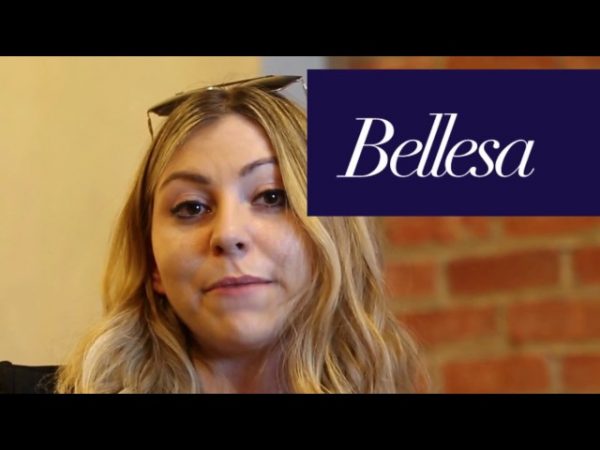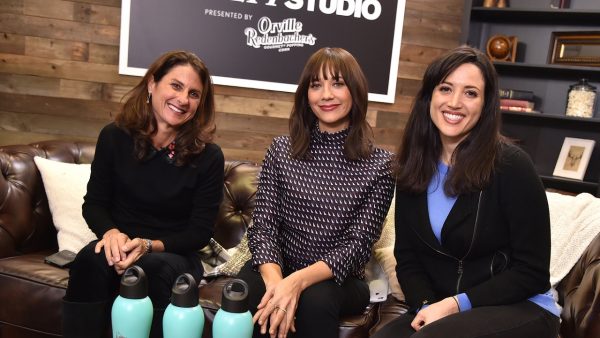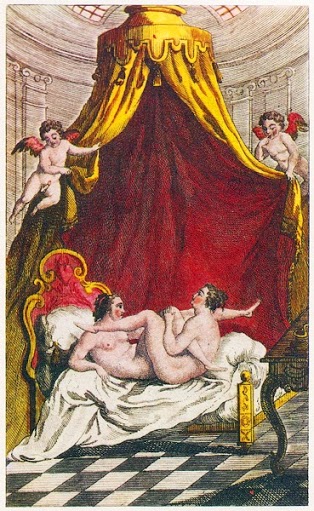Hugh Hefner: Rapist And Revolutionary

Content warning: this post contains brief references to rape and abuse.
Hugh Hefner died.
Of course he did. Dude was 91. When my castmate announced it after rehearsal, I didn’t feel shock at the news. Hefner may as well have died when he stopped being the editor of Playboy magazine. Or when The Girls Next Door tried selling us on twincest. Or when the magazine stopped publishing nudes. He was a go-to pop culture joke about debauchery and smoking jackets, but he’s hardly been relevant for years.
Still, I had some mixed feelings. I never much cared for Hefner or his image, having been introduced to him as a doddering grandpa on reality TV, but Playboy the brand had been in my life since I was a child. It molded my early ideas of what it meant to be attractive. It introduced me to the idea that sexiness could be playful or serious. When I turned 18, I bought an issue just because I could and delighted at the articles and interviews just as much as the pictorials. This, I thought, was the intersection of brains and beauty. By thumbing through the pages at my grandma’s house I was somehow becoming a well-rounded adult.
To say nothing of the accidental connection between Playboy and queerness. For generations, Dad’s secret stash (or in my case, my mother’s boyfriend Chad’s collection that he just left out in the open in his office) was a gateway not just for teenage boys but also girls. It felt like fate that my first issue featured a spread with Adrienne Curry, the first out bisexual I had ever seen. Since Playboy could also be “for the articles”, I was able to hide my queerness even from myself. Perhaps even more than the cool girls I had met in high school, Playboy gave me the most intense stirrings of looking at a woman and not being sure if I wanted to be her or be with her. As I grew I realized, hell, why not both?
When I went to college I found vintage issues and hung the centerfolds in my kitchen, aspiring to their fresh-faced, breezy beauty. I copied the makeup, teased my hair higher, and then rebelled against the streamlined pin-ups in favor of some Hustler-esque trashiness. Those styles helped me experiment and come into my own again and again as I rolled through my early 20s. Even now, I’ll sometimes look at them and imagine living in a dreamy world of sheer babydolls and fur rugs. It’s a world I realize I now have the means to create for myself at any point. Several photographer friends are just a Facebook message away, and within the week I’ll have a pin-up of myself to tuck away. In them, I’m eternally 19, 21, 24, and these versions of me seem younger and younger every year. They’re my own digital flashbacks that I wish I could share with my younger self. “Look,” I’d say. “You’re pretty too.”
But none of that was Hefner. It was the women I idolized—women who were paid peanuts to be immortalized in soft focus.


